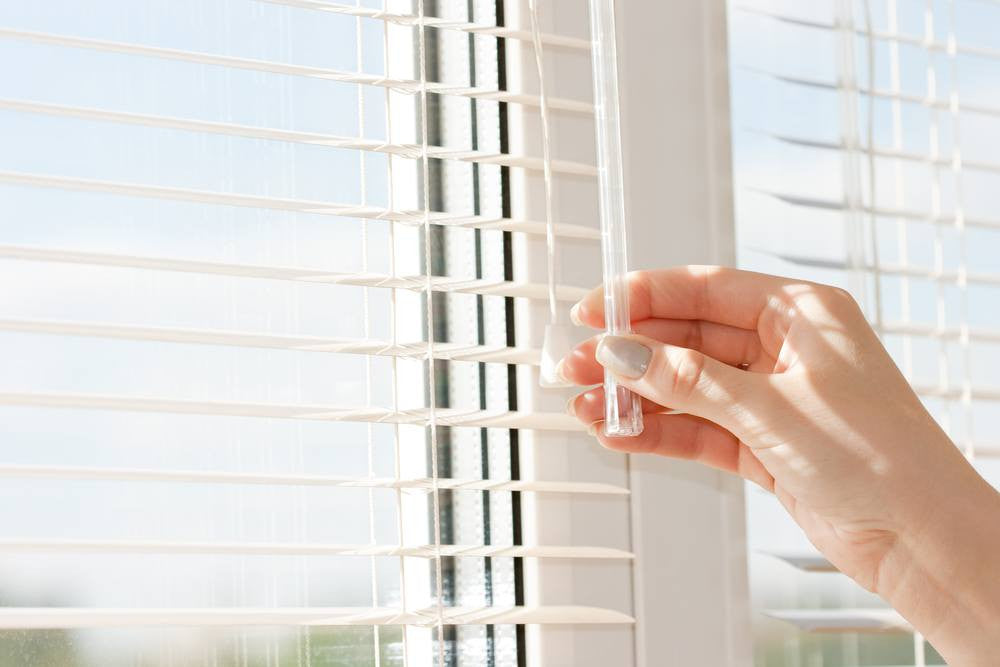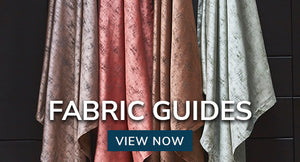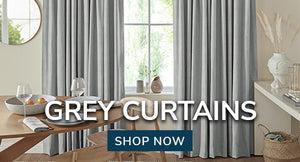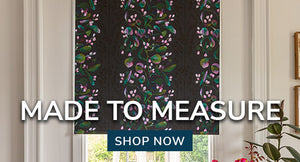Should I go for real wood or faux wood blinds? What's the difference?
While wood blinds and faux wood blinds have a similar appearance, there are several differences between the two materials. Your final decision between the two types of blinds will partly be affected by their pros and cons although you may decide to install both types in your home. You could, for example, install wood blinds in the living room and kitchen while putting up faux wood blinds in the bedrooms.

Real wood blinds:
As the name implies, wood blinds are made from natural wood slats. Their wood is sourced from hard woods as these are known for their beauty, durability and practicality. If you have the budget for wood blinds, you will appreciate the numerous benefits that they bring, such as:- Beautiful and natural appearance. Wood blinds have natural grain patterns and textures from the hardwood, thus, making it such a sophisticated and stylish window treatment. Even over time, the patina of wood cannot be replicated in faux wood blinds.
- Excellent insulation and sunlight shield. Wooden blinds, being made of natural wood, adds another dimension to their use specifically in keeping out the cold in winter and the sun in summer. Emphasis must be made, nonetheless, that the wood blinds’ insulation properties should be complemented by other insulation methods.
- Lightweight yet durable construction. Wood blind are relatively lightweight since these are made from thin, yet durable and flexible, wooden slats.
Just remember that wooden blinds require proper care including regular wiping and washing without the use of harsh chemicals. You can obviously mix and match wood blinds with the room’s décor, such as sky blue wood blinds in the bathroom for a nautical theme.

Faux wood blinds:
On the other hand, faux wood blinds are made from other materials aside from wood, thus, the alternative name “imitation wood blinds”. The most common materials used are PVC and vinyl combo as well as composite wood, both of which are treated to give them the appearance of wood. You can, in fact, choose from a wide range of faux wood blinds in different textures, grain patterns, and colours, such as maple, oak, and birch. Faux wood blinds also have their share of benefits including:- Durability. Faux wood blinds aren’t as prone to cracking, warping and fading as wood blinds are. Especially in hot humid spots like bathrooms and kitchens. Wood blinds are particularly vulnerable. If you live in areas with extreme heat, humidity or high traffic, your best choice are faux wood blinds.
- Easy to clean. Faux wood blinds can be cleaned with almost any type of cleaning products as there are no wood grains to worry about.
- Affordable. Faux wood blinds are the inexpensive choice while still giving your home a “natural wood” feel.
Faux wood blinds, however, can be heavier than their wood counterparts and can be made with wider slats. Which is the better choice? First, we suggest checking your budget to make sure that your next blinds are an interior piece you could afford easily. However, we currently offer significant discounts on both types. Then, have a look at the area you live in, the temperature and humidity conditions of that part of the house where you want them installed. Finally, think about your style, size and colour preferences and you’re ready to make an informed and well-calculated purchase decision.



























































